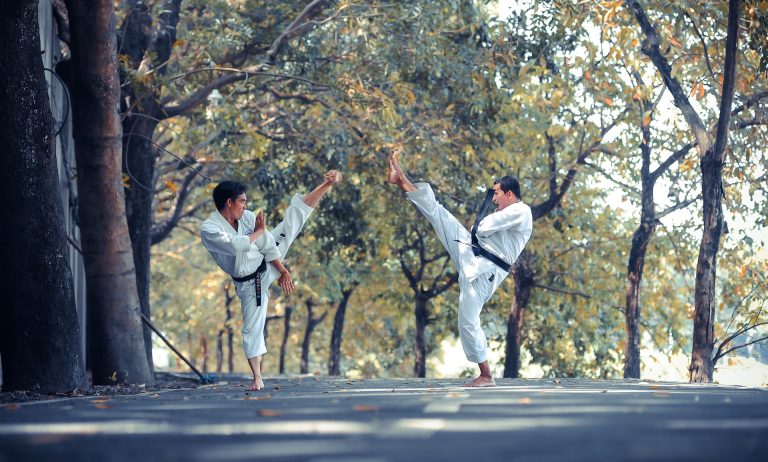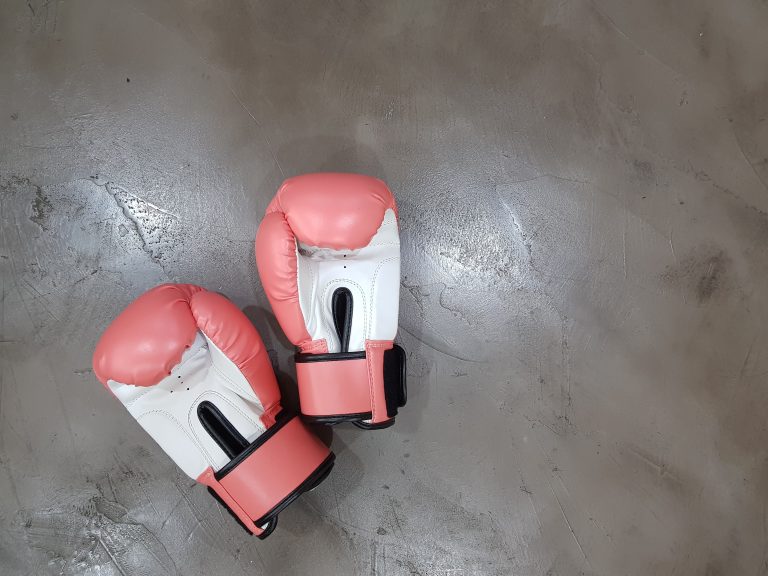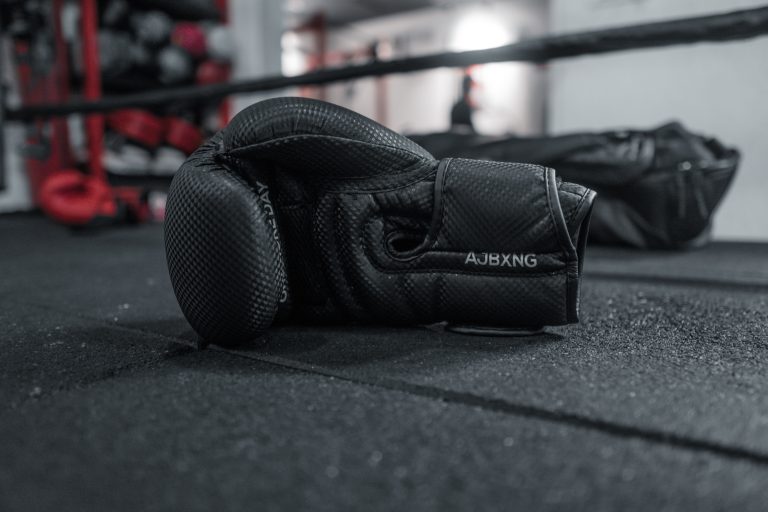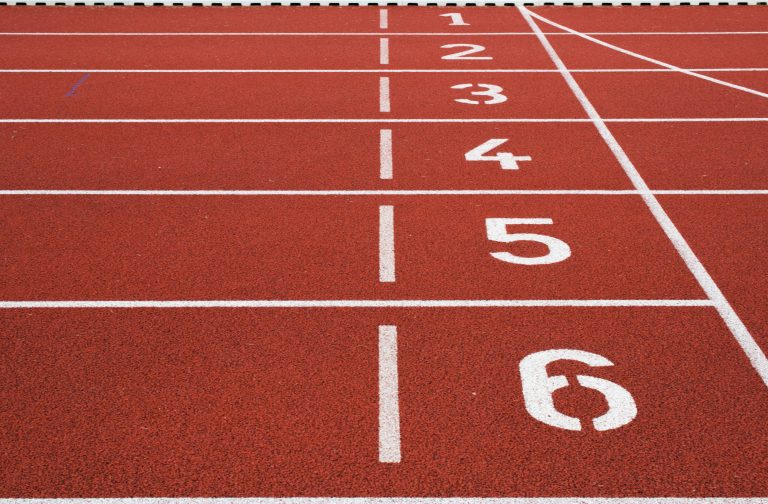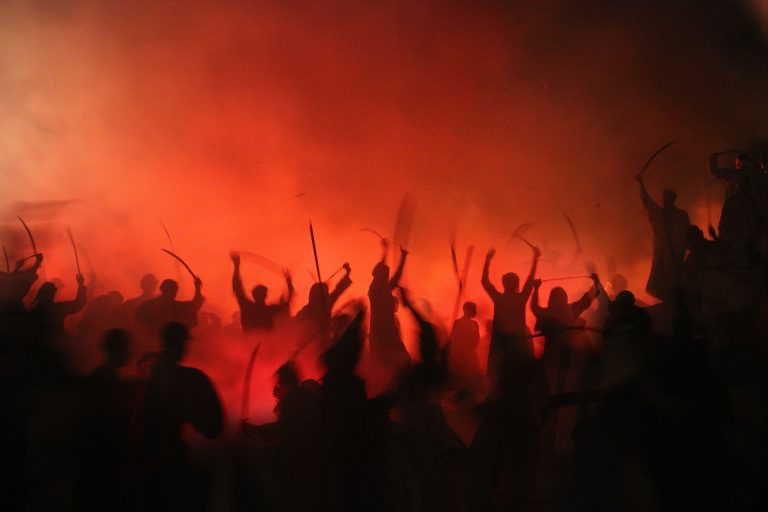The Different Styles of Karate: an In-Depth Guide
Karate is a martial art with a long and rich history. It has been around for centuries and exists in many different forms today. As its popularity has grown, so have the number of styles and variations of karate, which can make it difficult for beginners to decide which style is best for them. In this guide, we’ll take a look at the different styles of karate and explain the advantages and disadvantages of each so that you can make an informed decision when it comes to choosing the right karate style for you.
What is Karate?
Karate is a Japanese martial art focusing on striking with the hands and feet and also includes joint locks and throws. It began in Okinawa, Japan in the 1800s but draws from various martial arts from the surrounding countries such as China and Okinawa. The name ‘karate’ means ‘empty hand’, which is symbolic of the fact that karate practitioners do not use weapons or tools. Karate is known for its defensive techniques, and practitioners focus not only on honing their own skills but also on avoiding confrontation as much as possible.
The Different Styles of Karate
The various styles of karate are divided into broad categories. Some of the most popular styles include:
-
Shotokan Karate:
Shotokan is one of the oldest and most widely practiced karate styles in the world. It is based on powerful linear techniques with minimal wind-up motion and formal kata (forms) practice. The foundations of shotokan include etiquette, discipline, and training intensity. This style of karate emphasizes specific body mechanics for efficient movement, as well as emphasizing a strong, relaxed posture.
-
Wado-Ryu Karate:
This style of karate is relatively modern compared to shotokan. It was created in the 1930s by Hironori Ohtsuka, combining elements of judo and jujitsu with the traditional Okinawan martial arts. Wado-Ryu focuses more on circular movements than Shotokan, with all attacks aiming to put the opponent off-balance before delivering a strike. It also encourages practitioners to aim to dodge or deflect strikes rather than relying solely on blocking them.
-
Goju-Ryu Karate:
Goju-Ryu is older than both shotokan and Wado-Ryu, with origins tracing back to the late 1800s. It stresses a balance between hard blocks (“Go”) and softer sweeps and strikes (“Ju”). Practitioners focus on relaxation and deep breathing, allowing them to build up considerable amounts of power from seemingly little movement. Goju-Ryu also emphasizes techniques such as grappling, joint locks, and throws.
-
Uechi-Ryu Karate:
This style of karate was developed in the early 1900s by master Uechi Kanbun. It combines traditional Chinese martial arts with Japanese Okinawan Karate. Uechi-Ryu is unique among the karate styles because it uses circular motions with quick counterattacks. As such, practitioners need to be light on their feet to move from one technique to the next quickly. This style also focuses heavily on physical conditioning, including pushups and strength-building exercises.
-
Kyokushin Karate:
Kyokushin is a full contact karate style developed in the 1950s by Mas Oyama, who was influenced by multiple traditional martial arts systems. Kyokushin emphasizes developing fighting strength through basic punch/kick combinations, strong stances, and conditioning exercises such as push ups and sit ups. Practitioners focus strongly on physical conditioning, with vigorous sparring done to measure their progress.
Choosing a Style: What You Should Consider
Choosing the right karate style can be daunting for beginners. Of course, there’s no single “right” answer; it comes down to personal preference and what works best for you. Here are some things to consider when looking for the right style:
-
Your Goal:
Are you looking for self defense or simply wanting an enjoyable hobby? Different styles have different emphases; some are more focused on self defense, while others emphasize physical composure and discipline. Think about what you want to gain from taking karate classes.
-
Your Physique:
Some stances and techniques are better suited for different body types. If you’re short or have long arms or legs, it may be best to find a style that accommodates these features rather than being dominated by them.
-
Your Preference:
Once you’ve narrowed down your choices based on your goals and stature, the next step is to try each style until you find one that suits you best. Look around at local clubs and speak to instructors in order to find out more about the different style of karate they practice.
Once you’ve identified the right style for you, it’s time to start practicing! Remember that mastering any form of martial art requires regular practice with an instructor. They can teach you how to use your body correctly and improve your technique so that you become more effective in combat situations.
Conclusion: Learn More about Karate Today!
Karate is an ancient martial art that has evolved into many different styles over time. Choosing the right style for you may be confusing at first, but by considering your goals, physique, and preferences, you can find one that best fits your needs. With regular practice under an experienced instructor, you can gain increased confidence in self-defense as well as improved physical composure by learning karate today!
The Different Styles of Karate: an In-Depth Guide
Karate is a popular martial art practiced by many all over the world. It has a long history and is characterized by its different styles, each of which has its unique features. In this post, we’ll take an in-depth look at the different styles of karate and answer some of the most frequently asked questions about them.
What Is Karate?
Karate is a Japanese martial art that originated on the island of Okinawa in the 19th century. It is often said to be a combination of Chinese martial arts and traditional Okinawan fighting techniques. Karate focuses on a variety of techniques, including punching, kicking, knee strikes, elbow strikes, and open-hand techniques.
Why Are There Different Styles of Karate?
Karate was brought to Japan in the 1920s and began to spread throughout the country. Over time, the art evolved and began to develop different styles based on the preferences and teaching methodologies of different instructors. These styles vary in their approach to techniques, training methods, and applications.
What Are the Different Styles of Karate?
There are numerous styles of Karate, and new styles are continually emerging. However, some of the most common and widely recognized styles are:
Shotokan Karate
Shotokan Karate is one of the most popular styles of karate globally, founded by Gichin Funakoshi around the 1930s in Japan. It is characterized by its fundamental katas, kihon basics, and sparring.
In Shotokan Karate, one focuses on developing strong punches and kicks and deep stances. This style places a significant emphasis on speed and power, with long-range techniques being the hallmark.
Goju-Ryu Karate
Goju-Ryu Karate was developed by Chojun Miyagi in The Okinawa Prefecture, Japan. It is characterized by its emphasis on circular movements, partner drills, and breathing exercises.
In Goju-Ryu Karate, one focuses on developing integrated breathing techniques and utilizing the opponent’s strength against them. This style places emphasis on both strength and flexibility, as well as rapid transitions between offense and defense.
Shito-Ryu Karate
Shito-Ryu Karate was developed by Kenwa Mabuni and combines the techniques of both Goju-Ryu and Shotokan Karate styles. This style focuses on a holistic approach to karate, and like Goju-Ryu Karate, it emphasizes circular movements, breathing exercises, and kata.
In Shito-Ryu Karate, practitioners develop skills such as knee strikes and grappling techniques. This style carries a more relaxed artistic approach and aims to develop both personal growth and fighting skills for its learners.
Wado-Ryu Karate
Wado-Ryu Karate was developed by Hironori Otsuka, which means ‚way of peace‘ or ‚way of harmony.‘ It combines principles from Jujitsu and the fundamentals from Shotokan Karate.
In Wado-Ryu Karate, practitioners learn how to blend with their opponents‘ movements instead of blocking or opposing them. This style focuses on rapid evasion with minimal actions for its practitioners.
Kyokushin Karate
Kyokushin Karate is a hard-contact style of Karate developed by Masutatsu Oyama. It is characterized by its emphasis on sparring, physical conditioning, and breaking techniques, including boards or ice blocks.
In Kyokushin Karate, practitioners develop strength, endurance, and the ability to withstand pain through rigorous training. This style’s techniques are usually a combination of hand and leg techniques, strong stances, and kicks.
How Do You Choose a Karate Style?
When choosing a karate style, there are several factors to consider. Some of these are your physical abilities, what you aim to gain from martial arts, and the availability of the style in your area.
If you aim for aerobic conditioning and self-defense, Shotokan Karate and Kyokushin Karate are more effective options due to their rigorous training techniques.
For people interested in a holistic approach to martial arts and learning personal growth, Shito-Ryu Karate and Goju-Ryu Karate are good options.
If you’re a beginner, Wado-Ryu is a good style to begin with due to its focus on evasion rather than direct power.
What Equipment Do You Need For Karate?
The equipment needed for karate can vary depending on the instructor and style, but some common items include:
- Karate Uniform (Gi)
- Protective Gear such as a mouthguard, gloves, and shin pads (for sparring)
- Training Weapons, including a wooden sword (bokken) and wooden staff (bo).
- Instructor Specific Gear – protective gear may not be required in some styles, so it is essential to check in advance.
Conclusion
Karate offers a range of styles, with different approaches to techniques, training, and applications. Deciding on a Karate style should depend on your objectives, how it complements your physical capabilities, and the availability of the style in your area. By evaluating different styles and choosing what suits you, you can embark on a journey of growth and development through the practice of Karate.
Inhaltsverzeichnis


